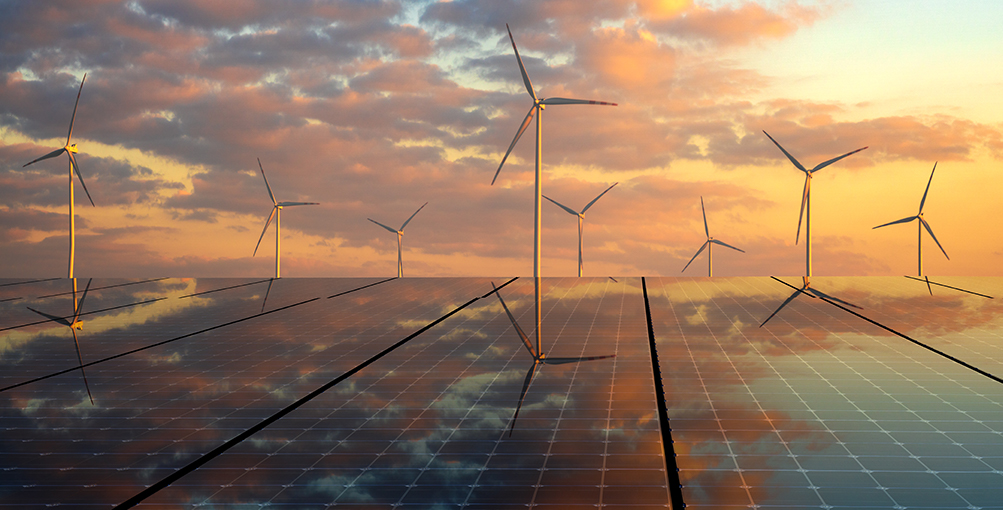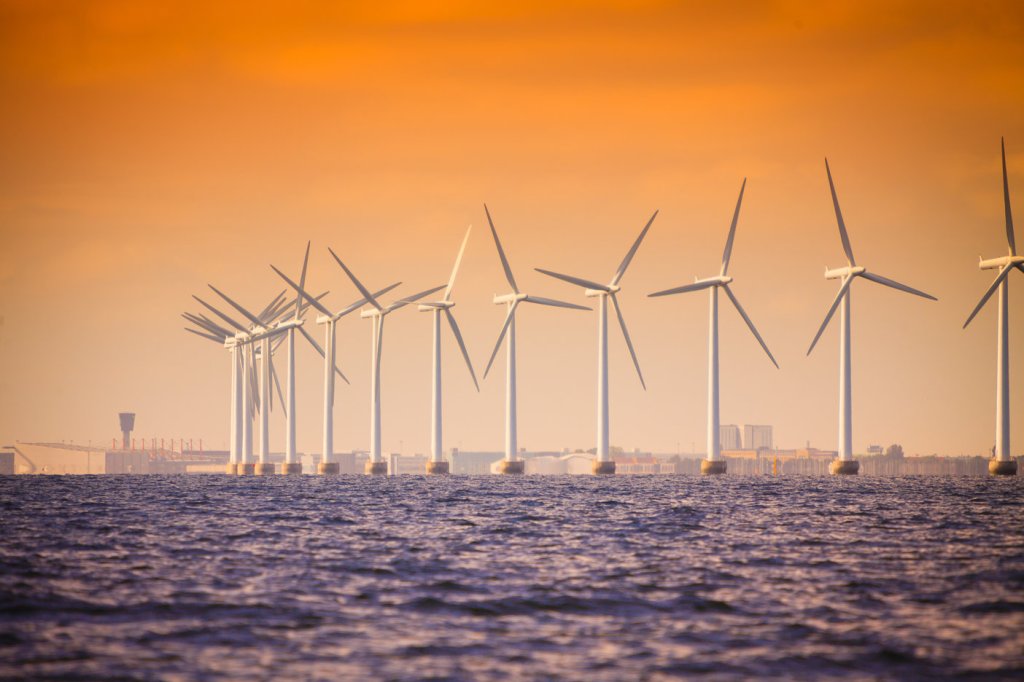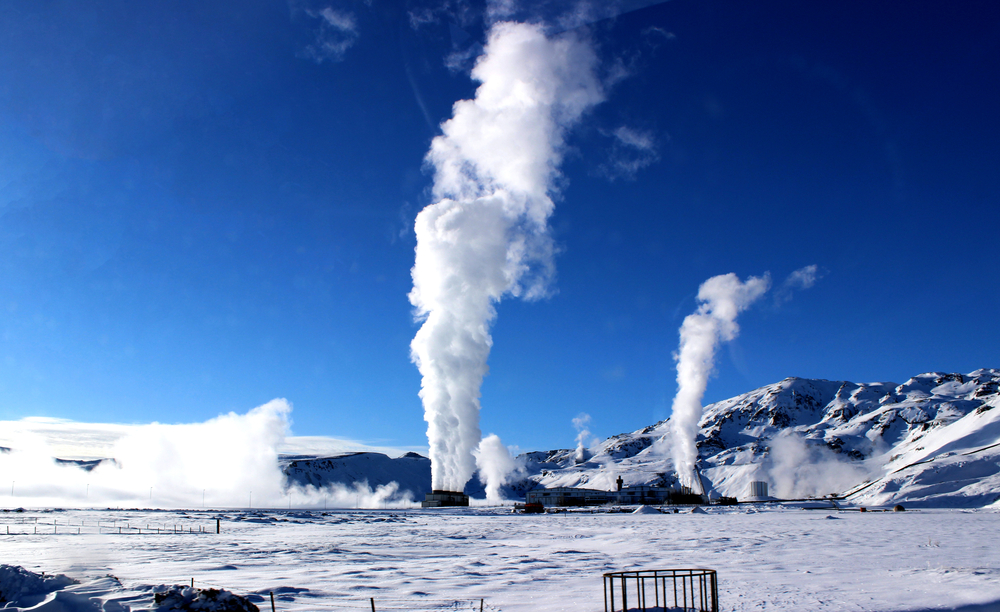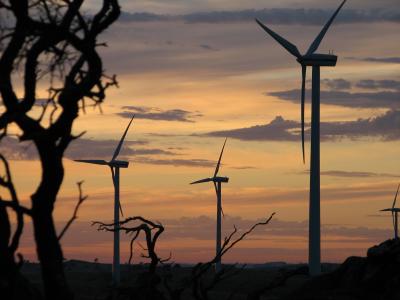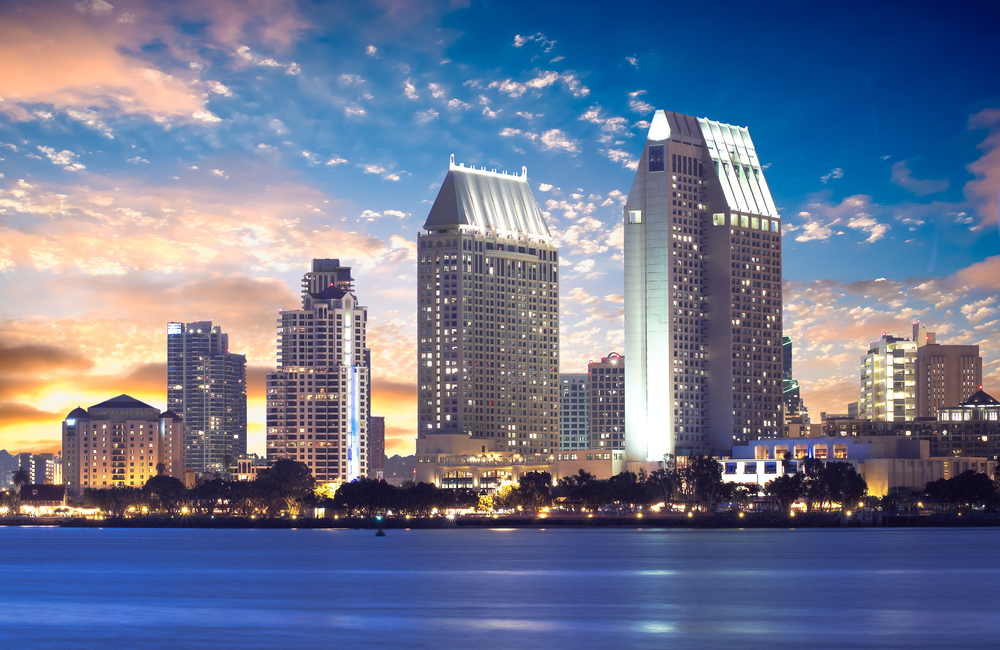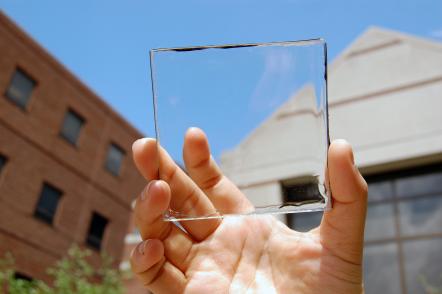Did COVID-19 Spark
A Renewables Renaissance?
Some industries, such as technology and online media, are doing well amid COVID-19, even as the pandemic cuts a swath through virtually every public health, political, social and economic structure. Other segments of the economy, such as travel and hospitality, face a perilous future. And what about the vital energy sector? Before the pandemic hit, […]
